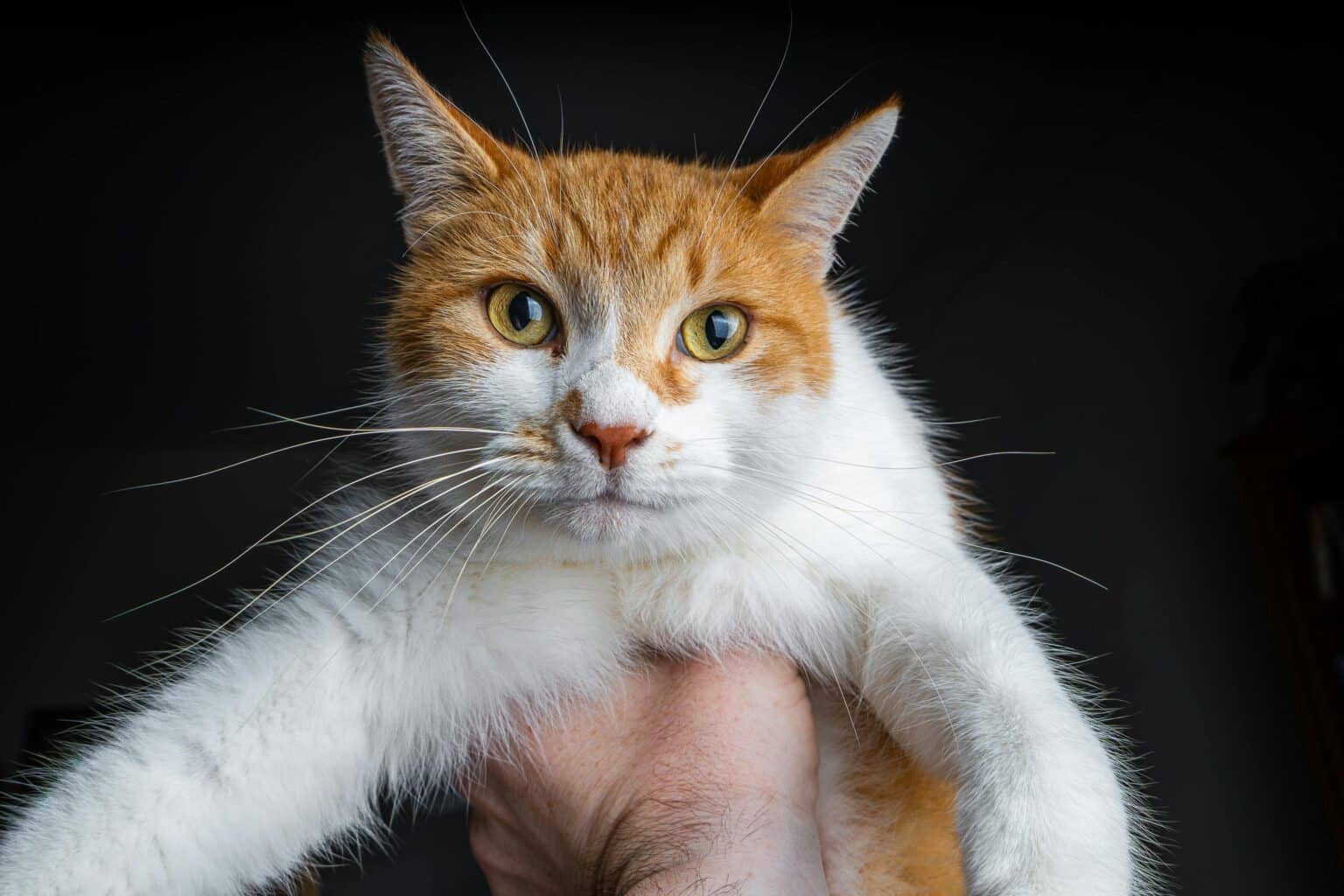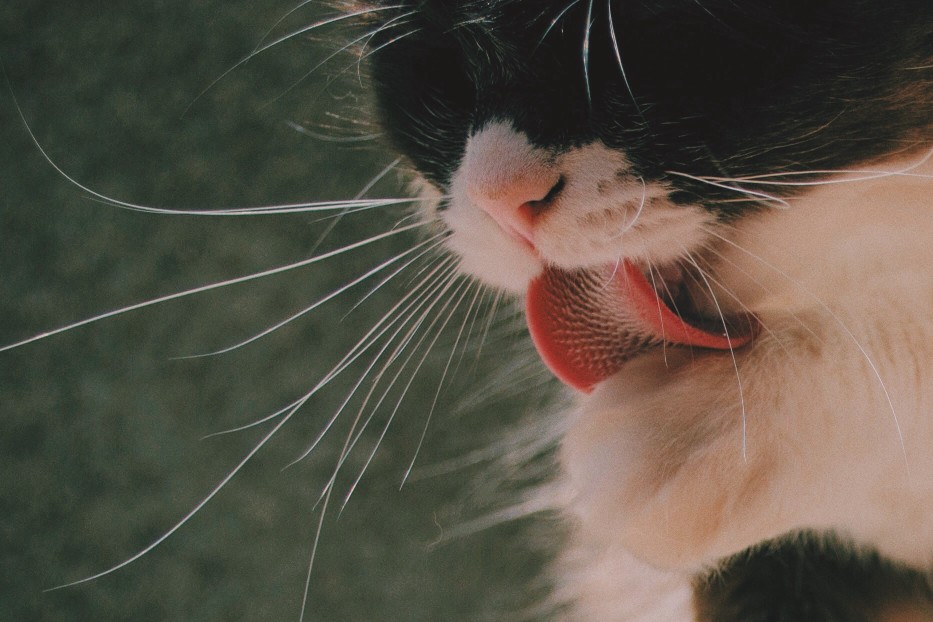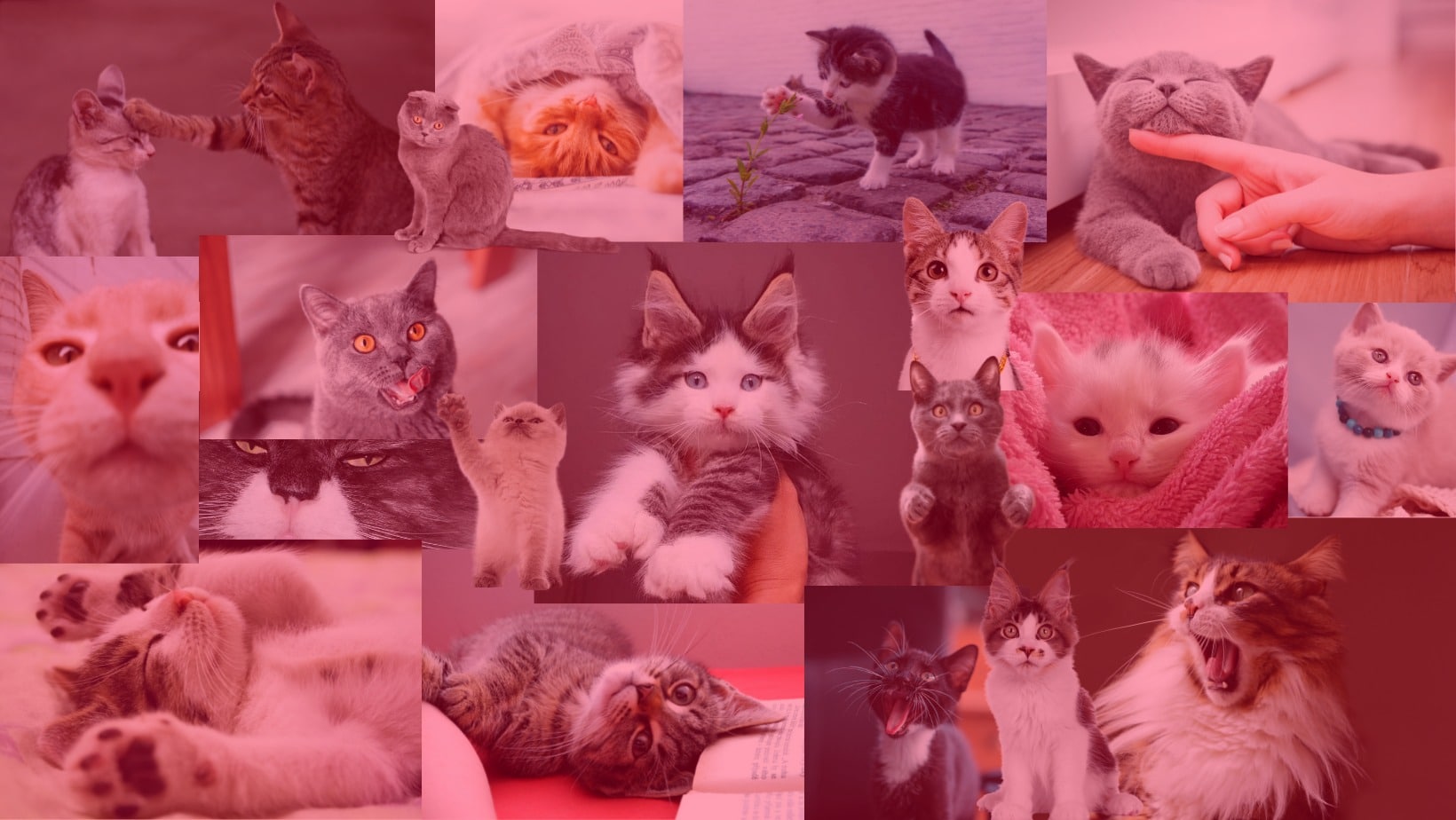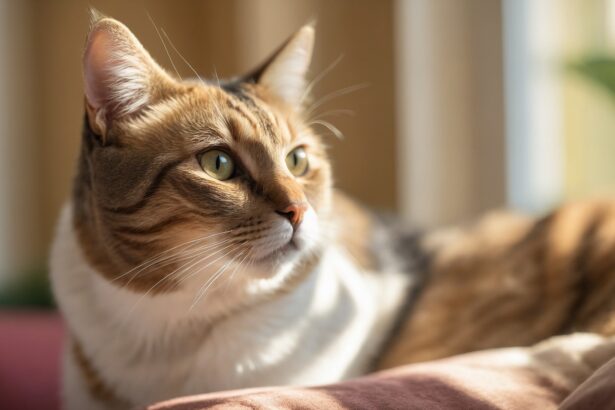That soft engine hum against your arm… few sounds feel as comforting as your cat’s purr. But is it always a sign of bliss, or could she be telling you something else? Let’s curl up together and decode this adorable mystery.
How purring works: the sweet science behind the sound
The tiny muscles making a big melody
Purring starts in the brain, which sends rhythmic signals to the laryngeal muscles. These little muscles open and close rapidly as your cat breathes in and out, vibrating the vocal cords and producing that soothing sound.
Most purrs vibrate between 25 and 150 Hz. Nerdy detail we love: that range overlaps with frequencies used in some therapeutic settings for tissue and bone support—one reason people wonder if purrs may promote recovery.
Curious about all the reasons a cat might purr? Peek at other surprising reasons cats purr to round out your kitty-knowledge.
Why no two purrs are alike
Like perfume, a purr has notes. Breed, age, size, personality and mood all shape the sound. A large cat may rumble deeper; a kitten might sing a higher, buzzy trill. And volume? It’s a quirk, not a mood meter.
Fun fact: Some big cats can roar but can’t truly purr, while smaller wild felines like cheetahs can purr beautifully. Your house panther is in royal company.
What your cat is saying when she purrs
The bliss purr: cozy, safe, content
Warm lap, slow blinks, loose whiskers—that’s the bliss set. You’ll often hear this purr during gentle petting, kneading and post-meal naps. Mother cats purr while nursing, which helps kittens find comfort and stay close.
Reminder: a happy cat doesn’t always purr. Some are just quiet gourmands of joy. Look at the whole picture—posture, tail, eyes—before you draw conclusions.
The “please” purr: a clever little request
Many cats have a “solicitation purr” with a subtle high-pitched element we instinctively notice. Researchers have described a baby-like cry embedded within some purrs, which humans find hard to ignore. See: McComb et al., Current Biology (2009).
Translation? “Hi, I’d love dinner, a door opened, or five more kisses, please.” Efficient and adorable.
That asking purr often shows up alongside kneading. Wondering why cats do that biscuit-making dance? Here’s a friendly guide to why cats knead.
The discomfort purr: when she needs help
Cats may purr when stressed, in pain or unwell. It can be self-soothing, and those vibrations might support recovery—but a purr isn’t proof all is well.
Red flags to watch with unusual purring: hiding, eating less, sudden aggression, sitting hunched, rapid breathing, or repeated litter box trips. If you notice these, call your vet.
Tip: learn the rest of her body language—ear angle, tail, pupils—to read purrs in context. This quick guide to tail language helps a lot.
How to respond to your cat’s purr (and be her favorite human)
Check the whole scene first
- If she’s loose, kneading, eyes soft: continue the cuddles.
- If she’s tense, tail tucked or swishing hard: pause and reassess.
- If she’s purring and seeking you out after a tumble, watch closely for pain signs.
Practical tip: Use the “10-second pause.” During petting, stop for 10 seconds. If she leans in, head-butts or paws you, she’s voting “more, please.” If she turns away, she’s done for now. Consent-based cuddles = fewer nips and more trust.
Common mistake to avoid
Don’t assume purring means “belly rubs!” Many cats find belly touches overstimulating, even when they’re purring. That can flip a sweet moment into a five-claw plot twist. Stick to chin, cheeks, base of ears and shoulders unless your cat clearly invites more.
Not sure if stress is creeping in? Here are helpful signs of stress in cats to spot early.
Curious extras to impress at brunch
- Purring happens on both inhale and exhale—your cat is basically a tiny living white-noise machine.
- Some cats “purr-talk” at the vet or in the car. It may be a coping tool, not a contented lullaby.
- The larynx is the star of the show; peek at the anatomy on Wikipedia if you like the science side.
When to call the vet
Trust your gut. If purring shows up with behavior changes—hiding, vocalizing more, limping, drooling, breathing changes, litter box issues—get professional advice. Quick action can make all the difference.
And when it’s that warm, happy purr? Breathe it in. It’s your daily love note in surround sound.
FAQ
Do all cats purr?
Most domestic cats do, and some small wild cats as well. Big roaring cats like lions can’t truly purr the same way.
Is very loud purring normal?
Often yes—volume varies by cat. If the purr’s tone or your cat’s behavior changes suddenly, check for other symptoms and consult your vet if needed.
Why does my cat stop purring when I pet her?
She may be satisfied, overstimulated or simply done. Try the 10-second pause and watch her body language for a clear “yes” or “no.”
Do cats purr when they’re alone?
Yes. Cats can purr while self-soothing, grooming or settling to sleep. Context is key to understanding the message.








